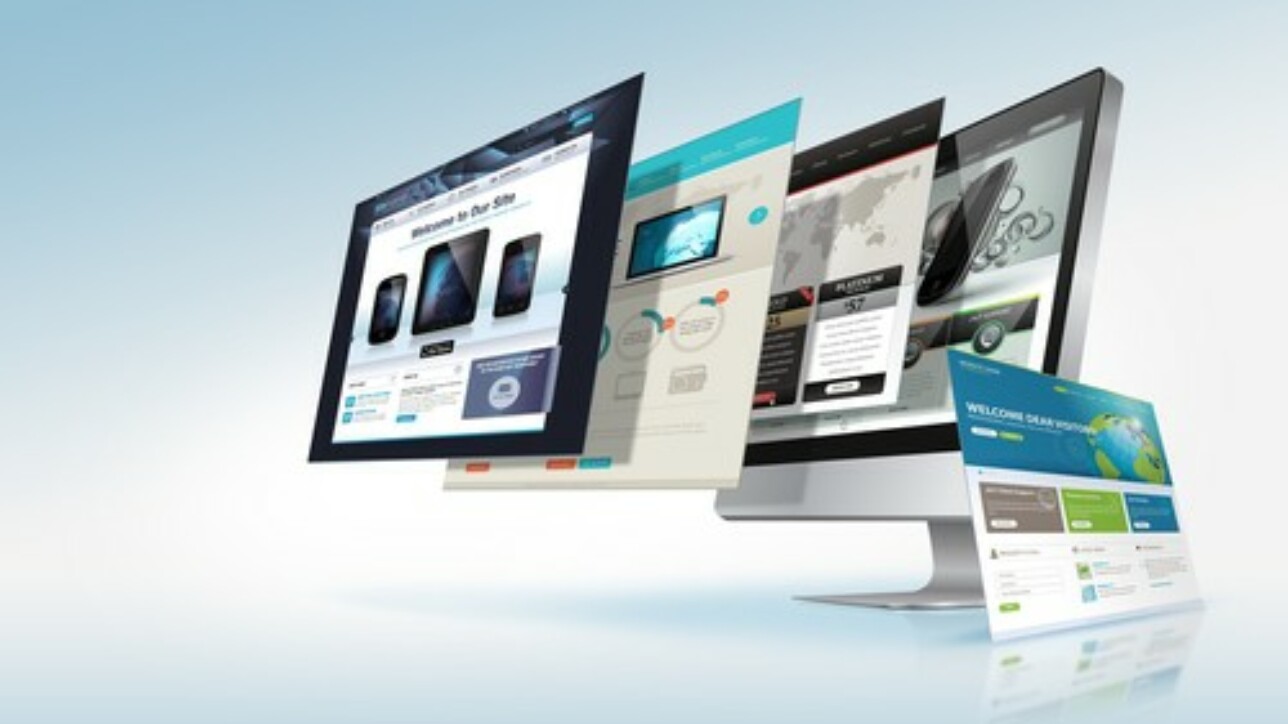One of the most important processes that many businesses have in their sights for 2015 is implementing enterprise resource planning software. However, the reason for doing so can vary considerably. In fact, many companies will tackle this issue from an ad hoc perspective, attempting to build stronger ERP solutions with multiple platforms.
According to a recent report from Software Advice called “Enterprise Resource Planning Software BuyerView 2015,” 44 percent of buyers create their ERP in exactly this fashion, often relying on tools like QuickBooks, Excel and other types of software to accomplish the task.
Existing systems don’t meet expectations
In the majority of cases, the current platform isn’t a streamlined or efficient setup to develop a system that keeps track of all of the most important processes that go on at modern organizations. The most common result is that employees will have to re-enter data multiple times to ensure the information across the various platforms aligns. However, this step introduces several issues, with the most critical being that there will likely be errors from having to rekey information.
As a result, nearly 6 in 10 buyers cited integration as their top reason for purchasing ERP software.
“QuickBooks works,” explained an operations manager for an industrial parts manufacturing company participating in the Software Advice survey. “But if we can have a system where we don’t have to tell the accounting department every time we make a transaction, that would obviously save us a lot of time.”
In high-functioning organizations, integration between different business intelligence and management systems uses an ERP as the backbone of operations. Even current ERP users aren’t totally satisfied with their software’s ability to connect with other platforms. In fact, 54 percent of current users expressed this sentiment. Even more tellingly, 61 percent of non-ERP users said the same.
Same focus, new call for functionality
With a primary focus on accounting, sales, supply chain management and production, ERP plays a critical role in helping companies understand what areas of their operations are functioning smoothly and where help is needed. However, customer relationship management software is fast becoming an essential partner for ERP platforms. Companies depend on the data captured in both systems to make better decisions about the future of their companies. For instance, the Software Advice report indicated that nearly half – 47 percent – of buyers said they wanted an ERP system that better integrated with their CRM system. Otherwise, they’d prefer and entirely new CRM database included in an ERP platform.
How does a company recognize its needs?
ERP Software Blog built a strong case for the steps that companies should take when considering an ERP implementation and integrating it with other systems. According to the article, one of the most important objectives should be knowing which people need to be involved.
In the simplest of terms, an integration is kind of like teaching different systems to speak the same language. Therefore, this process can run the gamut from very easy to very complex. If a company is asking two Microsoft systems to work together, then it shouldn’t take very much effort to integrate them. However, when disparate systems are made to communicate and share data, the result can be messy if there aren’t application specialists as references for the distinct systems, as well as he individual or team responsible for the integration tool.
Additionally, it’s advisable for companies to recognize where the data is coming from, where it should be going to and what type of direction it will flow. It’s also important to discuss how often an integration should run – hourly, in real time or on an as-needed basis? The answers to these questions will help organizations understand how to make their ERP integration run more smoothly.



